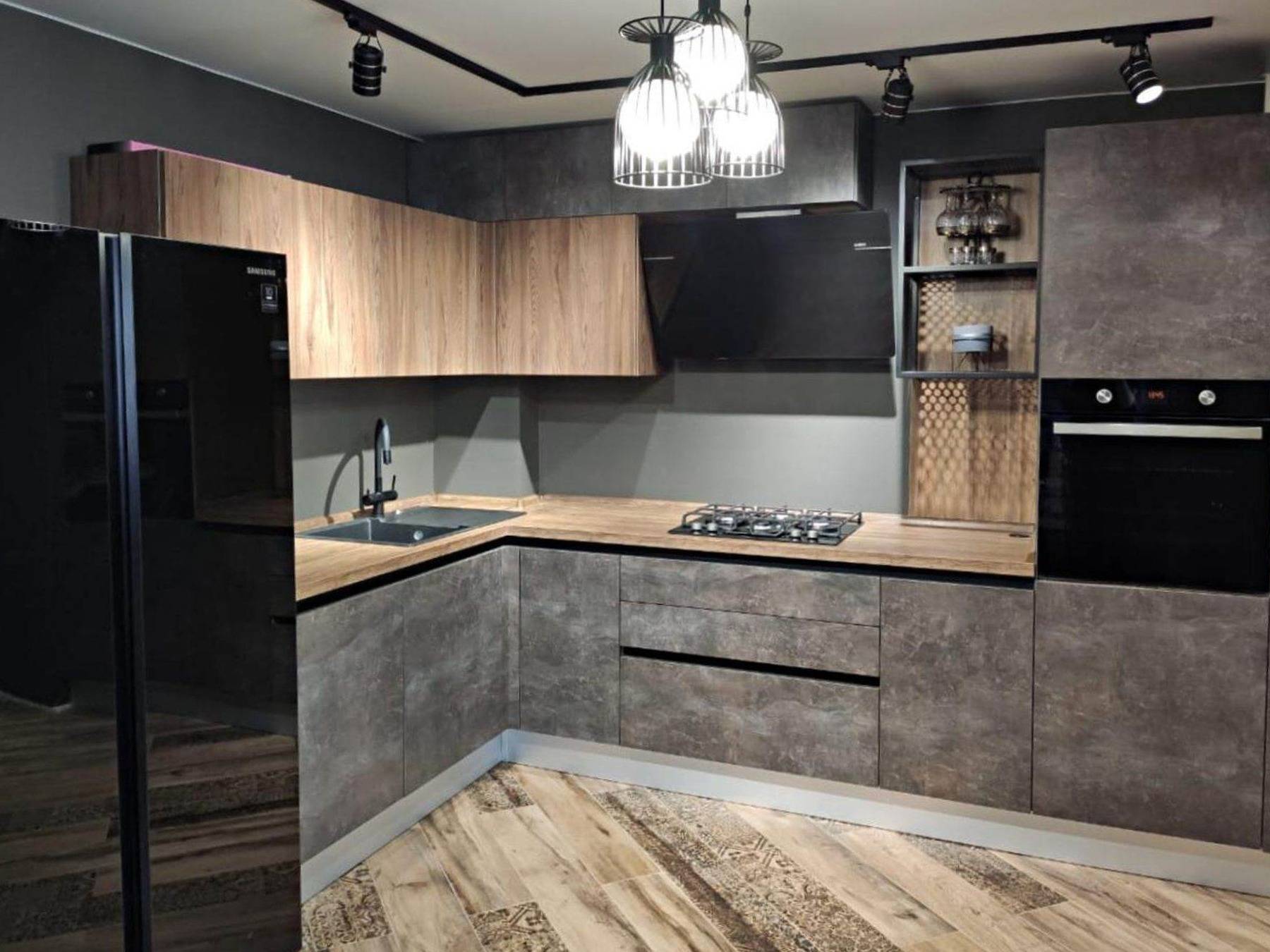
Introduction to Transformative Kitchen Design
The kitchen, often referred to as the heart of the home, is a space that combines functionality with personal style. However, as our needs and tastes evolve, the design of this central hub must also adapt. Transformative kitchen design solutions are all about creating a kitchen space that not only meets the homeowner’s current needs but also anticipates future changes and technological advancements. In this way, a transformative design ensures that the kitchen remains efficient, aesthetically pleasing, and comfortable for years to come.
Maximizing Space Efficiency
One of the key elements of a transformative kitchen design is the efficient use of space. As urban living spaces become smaller and more expensive, smart storage solutions are crucial. Innovative cabinet designs, clever corner solutions, and hidden appliances can significantly enhance the functionality of the kitchen without compromising on style. These solutions often involve multi-purpose features, such as fold-out tables or convertible islands that can serve as both prep areas and dining spaces.
Incorporating Smart Technology
Technology has become an integral part of our lives, and the modern kitchen is no exception. To stay ahead of the curve, transformative kitchen designs should incorporate smart technology to simplify tasks and boost efficiency. This can include voice-activated appliances, smart lighting systems, and touchless faucets. Not only do these smart solutions add a level of convenience, but they also help in energy-saving and can be easily updated as new innovations emerge.
Personalization and Adaptability
Every homeowner has unique requirements and style preferences, which calls for a design that can be easily personalized. Modular kitchen components that can be reconfigured, finishes that can be swapped out, and adjustable lighting are all aspects of a design that can grow and adapt with the user’s needs. Furthermore, considering ergonomics and universal design in cabinetry, appliances, and placements can ensure that the kitchen remains accessible and comfortable for all users at any stage in life.
Embracing Sustainability
Sustainability is no longer a trend but a necessity. Transformative kitchen designs prioritize eco-friendly materials, energy-efficient appliances, and waste-reduction practices. This can mean using reclaimed or sustainable materials for countertops and cabinets, choosing appliances with high Energy Star ratings, and implementing composting and recycling systems within the kitchen layout. Designing with sustainability in mind not only has a positive impact on the environment but also on the health of the household and long-term cost savings.
Seamless Aesthetic Integration
The aesthetic of a kitchen should blend seamlessly with the rest of the home, providing an uninterrupted flow of style and design. Transformative kitchens achieve this through consistent color schemes, material choices, and style lines that harmonize with adjacent living areas. Whether the home’s overall theme is modern minimalism, rustic charm, or industrial chic, the kitchen should reflect and enhance the overall aesthetic, ensuring a cohesive and inviting atmosphere throughout the home.
Conclusion: Future-Proofing Your Kitchen
A transformative kitchen design is not just about updating the look of the kitchen; it’s about crafting a space that will remain functional, beautiful, and relevant for the long term. By focusing on space efficiency, smart technology, personalization, sustainability, and aesthetic integration, homeowners can achieve a kitchen that not only serves their immediate needs but also adapts to future technologies and lifestyle changes. By embracing these design solutions, the kitchen can continue to be the heart of the home no matter what the future holds.